HIPAA Policy Template
Use our free, comprehensive HIPAA policy template. Ensure compliance, protect patient privacy, and secure health information.


What is HIPAA?
The Health Insurance Portability and Accountability Act (HIPAA) is the federal legal standard for protecting sensitive patient data in the healthcare industry. Every healthcare organization with protected information must implement security measures sufficient to reduce vulnerability and ensure HIPAA compliance.
HIPAA established rigorous guidelines for maintaining the privacy and security of individually identifiable health information. These guidelines necessitate healthcare organizations to implement comprehensive security regulations designed to safeguard patient data from unauthorized physical access or digital security breaches.
HIPAA Policy Template
HIPAA Policy Template Example
What are HIPAA policies and procedures?
HIPAA policies and procedures are foundational guidelines for healthcare organizations in safeguarding protected health information (PHI) and ensuring compliance with HIPAA regulations. These policies are essential for preventing HIPAA violations, managing risks, and maintaining an organization's reputation.
- HIPAA regulations mandate that healthcare organizations implement comprehensive policies and procedures to protect patient data, ensuring privacy and security.
- HIPAA violations include failure to adhere to these policies, and potentially lead to legal and monetary penalties and damage to an organization's reputation.
- HIPAA policies require physical safeguards to protect electronic systems and buildings where PHI is stored from unauthorized access and environmental hazards.
- Implementing HIPAA policies involves developing, maintaining, and following procedures that protect the confidentiality, integrity, and availability of PHIs.
- Risks associated with handling PHI must be regularly assessed, and HIPAA policies help identify and mitigate these risks to prevent breaches of sensitive data.
- The HIPAA Security Rule requires technical safeguards to control access to electronic PHI (ePHI) and protect communications containing ePHI over open networks from being intercepted by anyone other than the intended recipient. These safeguards should include a backup plan for when data is damaged or destroyed.
- Protected health information (PHI) is the focus of HIPAA policies, with the aim to secure any information in a medical record that can be used to identify an individual and that was created, used, or disclosed in the course of providing a healthcare service.
- HIPAA policy templates provide a standardized framework for healthcare organizations to develop customized policies and procedures, ensuring compliance with PHI protection and security regulations.
How to use the HIPAA Policy Template
Creating and managing HIPAA security policies is critical for healthcare providers and other covered entities to protect patient information and comply with legal standards. To effectively create and manage HIPAA security policies, it's important to:
Step 1: Access the template
Access the HIPAA compliance policy template by clicking "Use template," which opens it in the Carepatron app's template editor. There, you can create customized policies and procedures that comply with HIPAA standards. You can also get a boilerplate policy PDF with a few customizable fields by clicking "Download," but you can't add more clauses to it.
Step 2: Identify covered entities and business associates
Ensure that all parties handling PHI, including healthcare providers and their partners, are identified, and their responsibilities under HIPAA security policies are clearly set out. A covered entity is an organization or individual who transmits patient data or is involved in transactions.
The scope of the policies includes any information in medical records and other relevant documents that can be used to identify an individual, which is created, used, or disclosed while providing healthcare services.
Step 3: Implement administrative safeguards
Assess risks to electronic media and PHI, specific to the organization. Develop appropriate procedures to limit access to PHI and control how it is used and disclosed. All policies should be designed with the primary goal of protecting patient information from unauthorized access, disclosure, alteration, or destruction.
For each section of the policies template, indicate these specific security measures (e.g. employee training programs on protecting PHI and reporting malicious software, conducting regular risk assessments to identify potential threats to the security of PHI, encryption, etc.)
Step 4: Establish a response plan
Establish a response plan for potential breaches, including a data backup plan and notification procedures for affected individuals and regulatory bodies. Indicate these measures in the relevant sections.
Step 5: Regularly review and update
Review the completed policy document to ensure each HIPAA policy has been comprehensively covered. Implement procedures for maintaining compliance with HIPAA policies, including regular audits and monitoring of policy adherence. Ensure mechanisms are in place to identify and mitigate any compliance gaps or weaknesses in the organization's PHI security.
Creating and managing effective HIPAA security policies requires a thorough understanding of the risks to PHI, a commitment to implementing comprehensive safeguards, and an ongoing effort to monitor and adjust policies as necessary.
Benefits of using HIPAA Policy Templates
Utilizing HIPAA policy templates offers a streamlined and effective approach for covered entities to safeguard Protected Health Information (PHI) and ensure HIPAA compliance. These templates provide a solid foundation for establishing comprehensive privacy and security measures.
Standardized compliance efforts
HIPAA policy templates help standardize compliance efforts across the healthcare sector. By offering a set of established guidelines and practices, these templates ensure that all covered entities can implement policies that meet or exceed HIPAA requirements. This uniform approach to compliance simplifies adherence to HIPAA regulations.
Improved efficiency
Policy templates serve as a blueprint for implementing robust security measures. Using this template helps organizations to quickly implement effective security strategies that safeguard patient information.
Enhanced access control
The HIPAA policy templates emphasize access control. Templates prompt clear definition of which covered entities have access to PHI, under what circumstances, and through what means. By establishing clear access control policies, organizations minimize the risk of unauthorized access to sensitive patient information.
Improved HIPAA compliance
These templates cover all aspects of HIPAA privacy and security rules, making it easier for organizations to understand and implement the necessary practices. As a result, covered entities can more effectively protect patient privacy and ensure that their compliance efforts are sufficient and up-to-date.
Improved patient experience
Utilizing HIPAA Policy Templates can enhance the patient experience by ensuring their data is handled securely and respectfully. These templates often include protocols for patient access to their information, improving transparency and engagement between patients and providers. By implementing policies prioritizing security and patient access, covered entities can provide a more positive and reassuring healthcare experience.
Importance of writing HIPAA-compliant policies
In the ever-evolving healthcare industry landscape, adopting HIPAA-compliant practices and policies is essential for legal compliance and maintaining patient trust and integrity. Here are some key aspects of implementing HIPAA-compliant security policies:
Mitigating risks
Conducting thorough risk analyses is fundamental to HIPAA compliance. By regularly analyzing risks, healthcare entities can adapt to new threats and ensure the ongoing protection of patient information.
Preventing HIPAA violations
Implementing policies developed from HIPAA policy templates can significantly reduce the likelihood of HIPAA violations. These templates provide a structured approach to outlining privacy practices and processes, ensuring all employees know their responsibilities when handling PHI. By clearly defining security rules, organizations can minimize errors and oversights that would lead to breaches of patient confidentiality and costly penalties.
Educating employees on privacy practices and processes
Adequate staff training on HIPAA policies and procedures is invaluable. By incorporating training programs emphasizing privacy practices and protecting PHI, organizations can cultivate a vigilant and knowledgeable workforce about compliance. This reinforces the organization's commitment to safeguarding patient information and empowers employees to participate actively in compliance.
Commonly asked questions
Here are some key tips for writing effective, HIPAA-compliant policies: use clear language, use HIPAA Policy Templates for structure, regularly complete risk analyses and update policies accordingly, and ensure all employees understand their roles in protecting patient data.
HIPAA security policies must ensure the confidentiality, integrity, and availability of protected health information (PHI), enforce administrative, physical, and technical safeguards, and include procedures for responding to data breaches.
The 5 HIPAA rules are the Privacy Rule, the Security Rule, the Enforcement Rule, the Breach Notification Rule, and the Omnibus Rule.


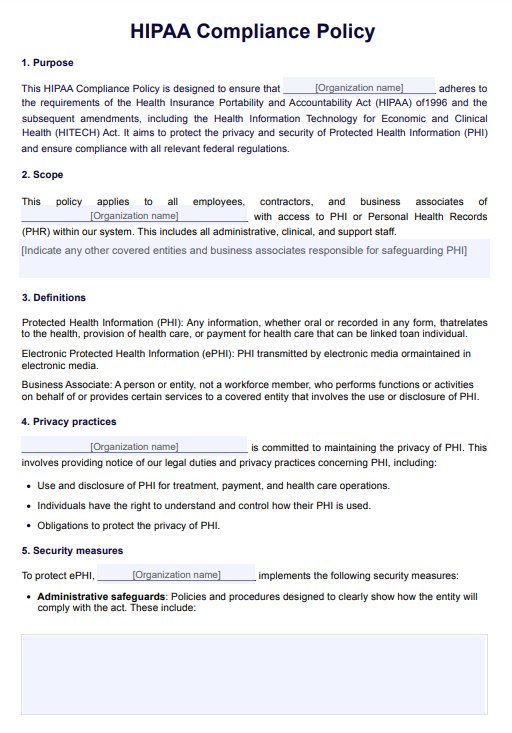
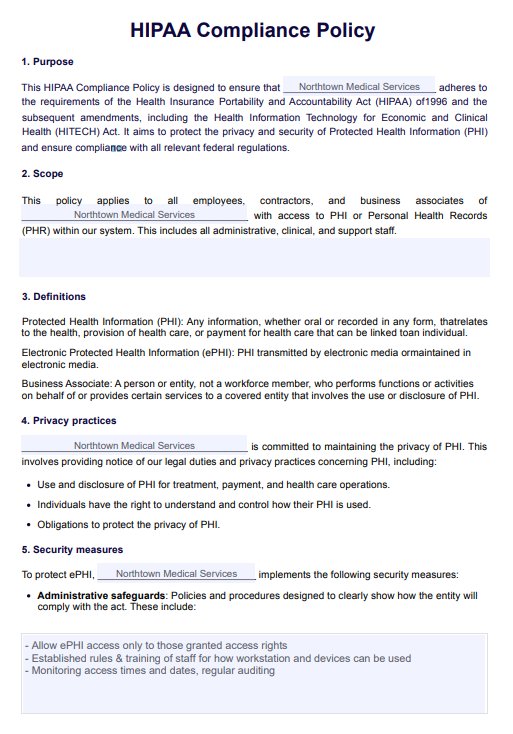

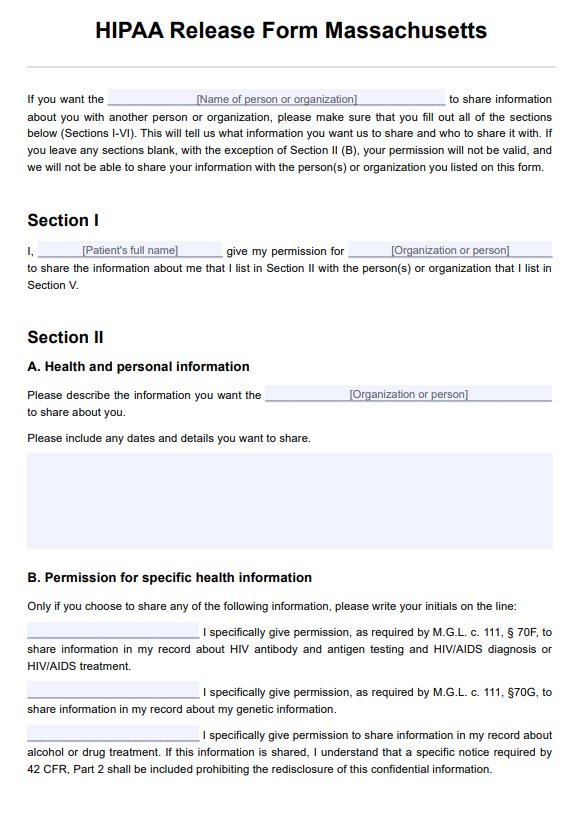
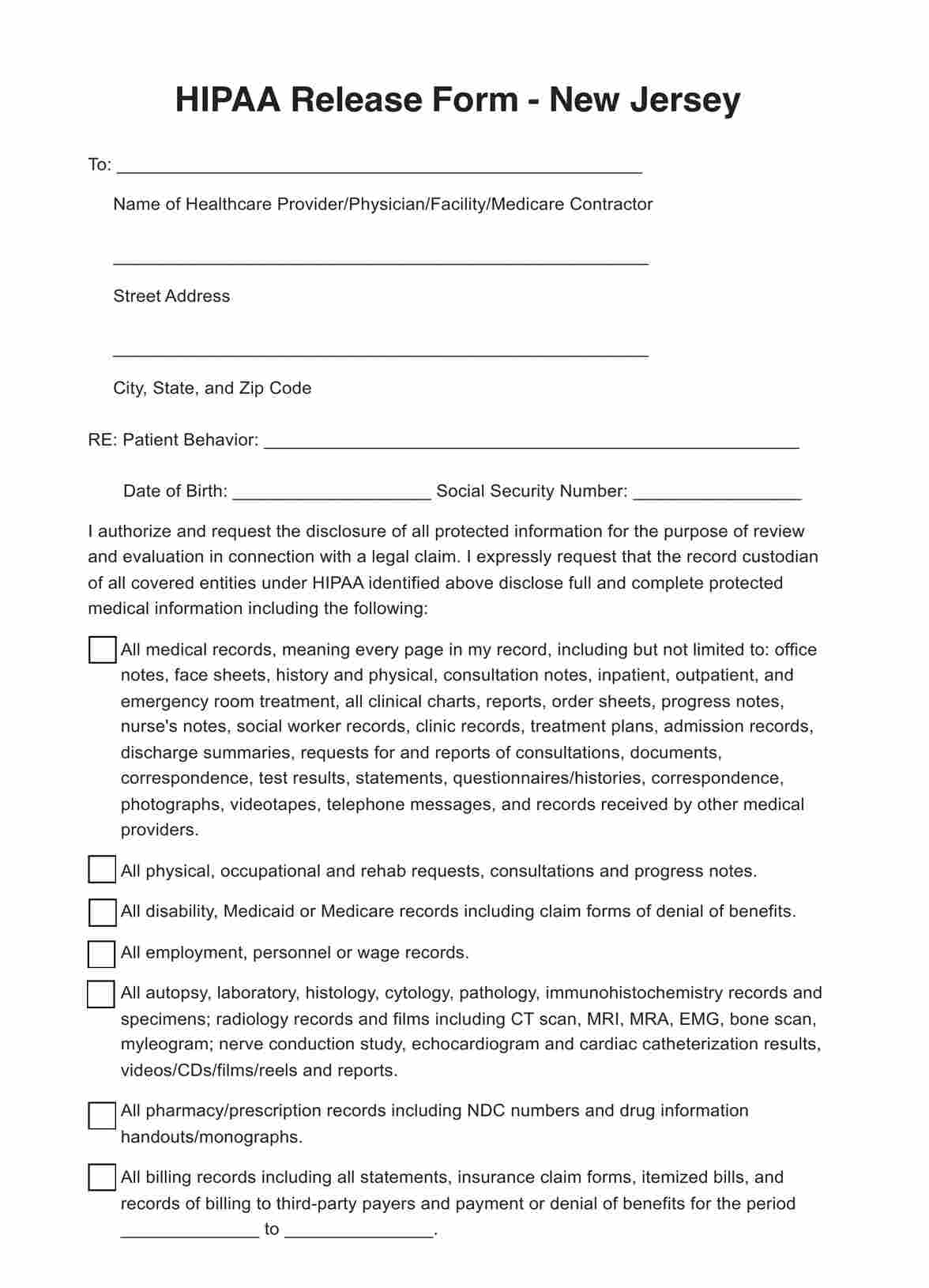
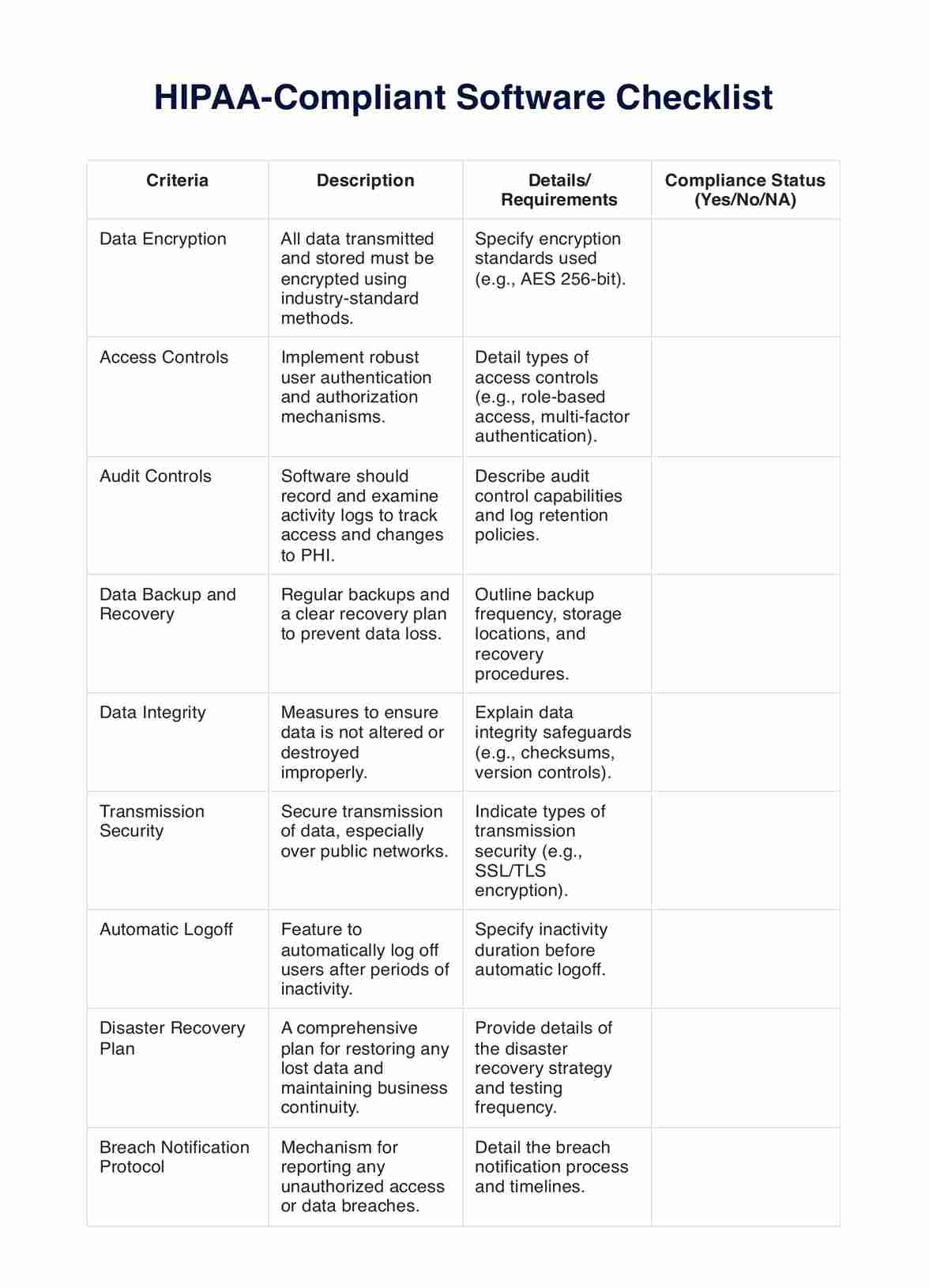
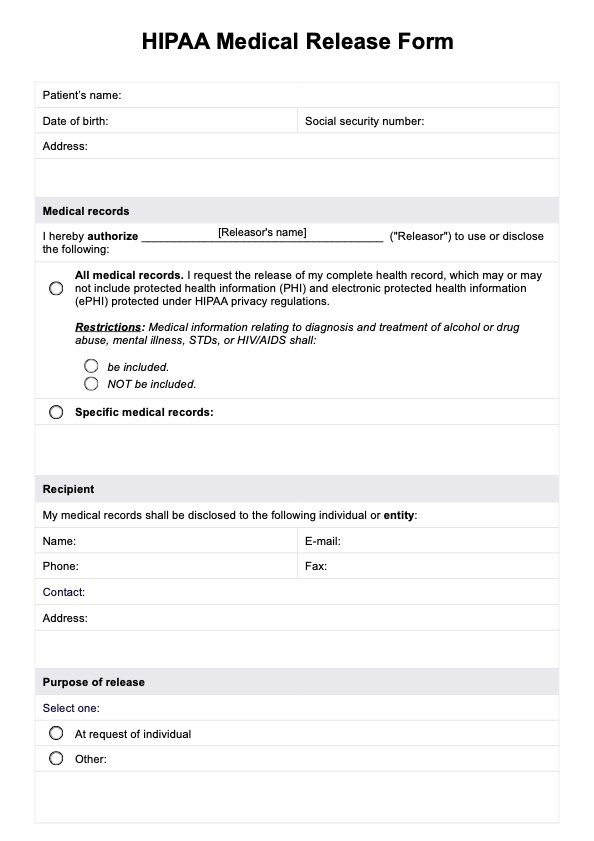
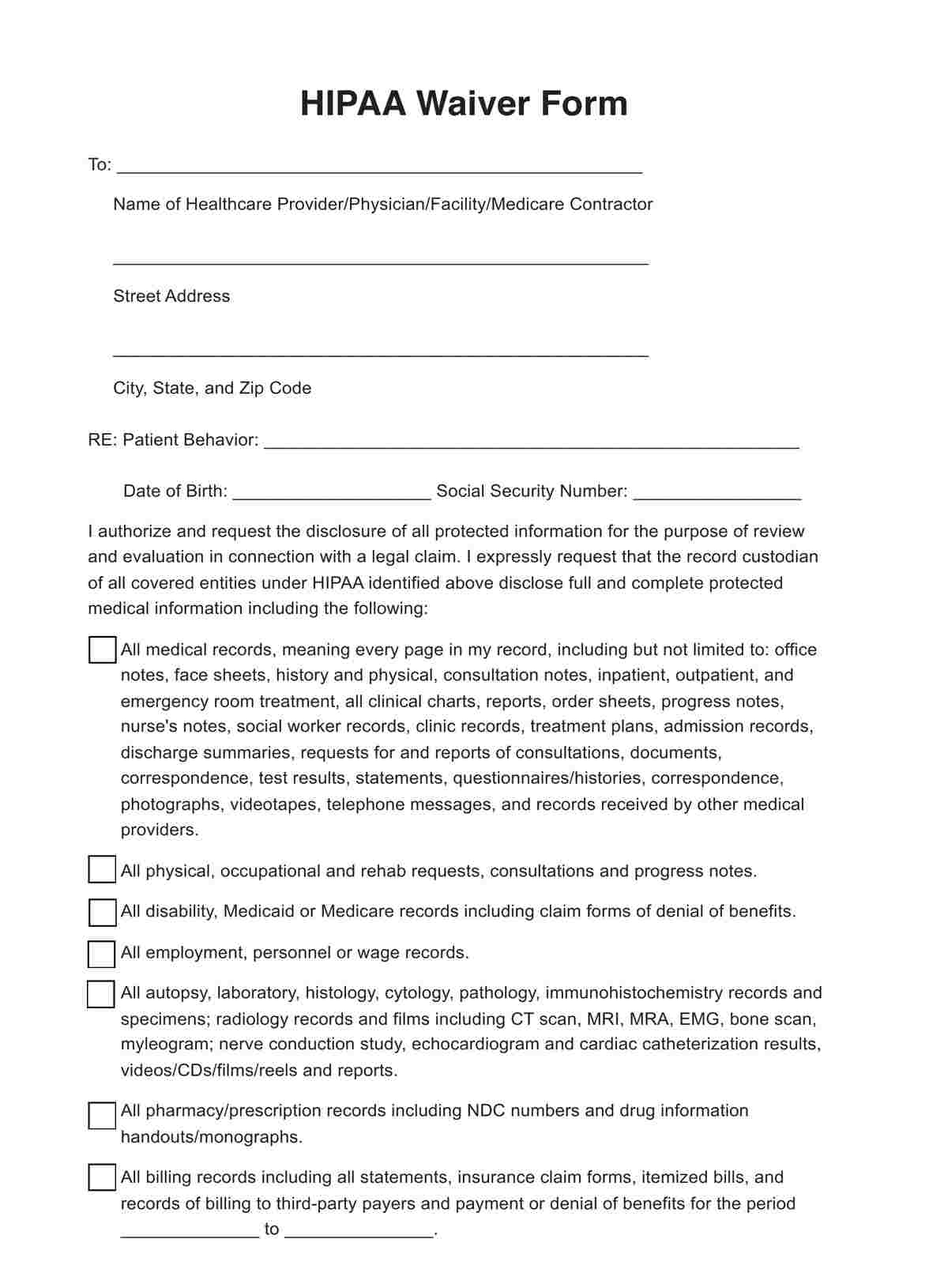
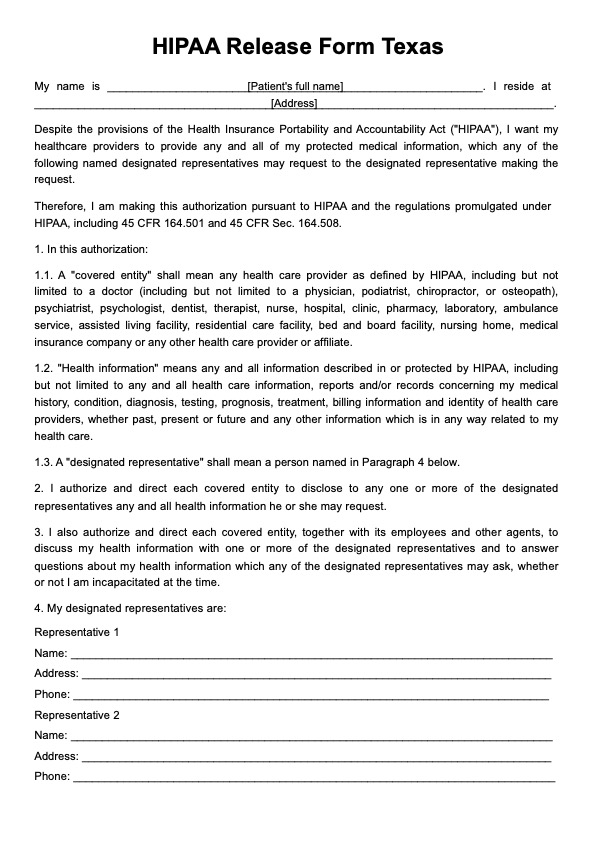
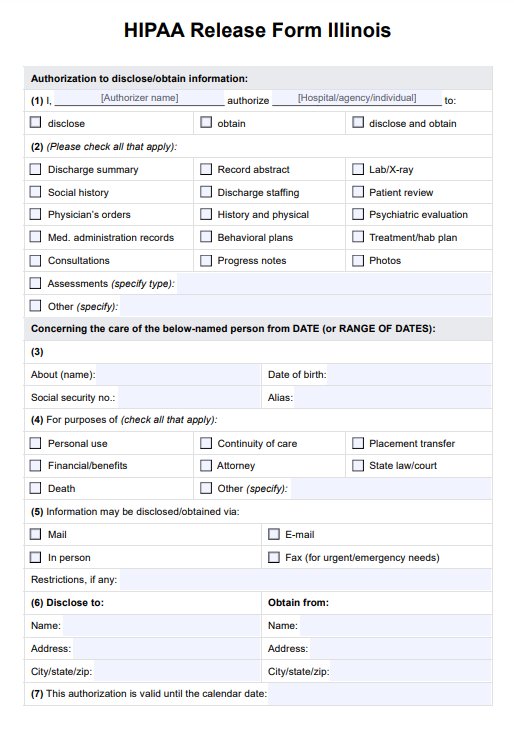
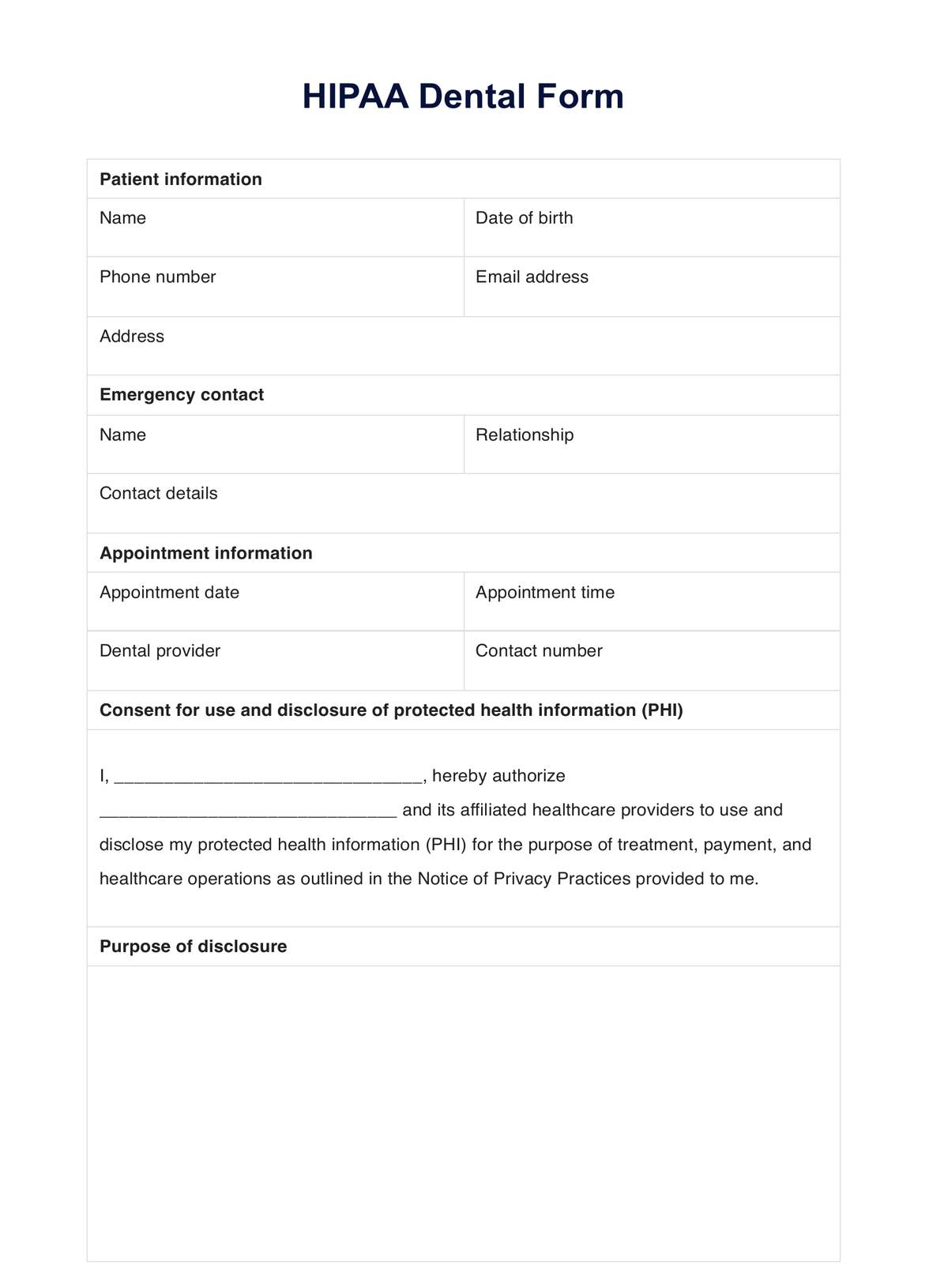
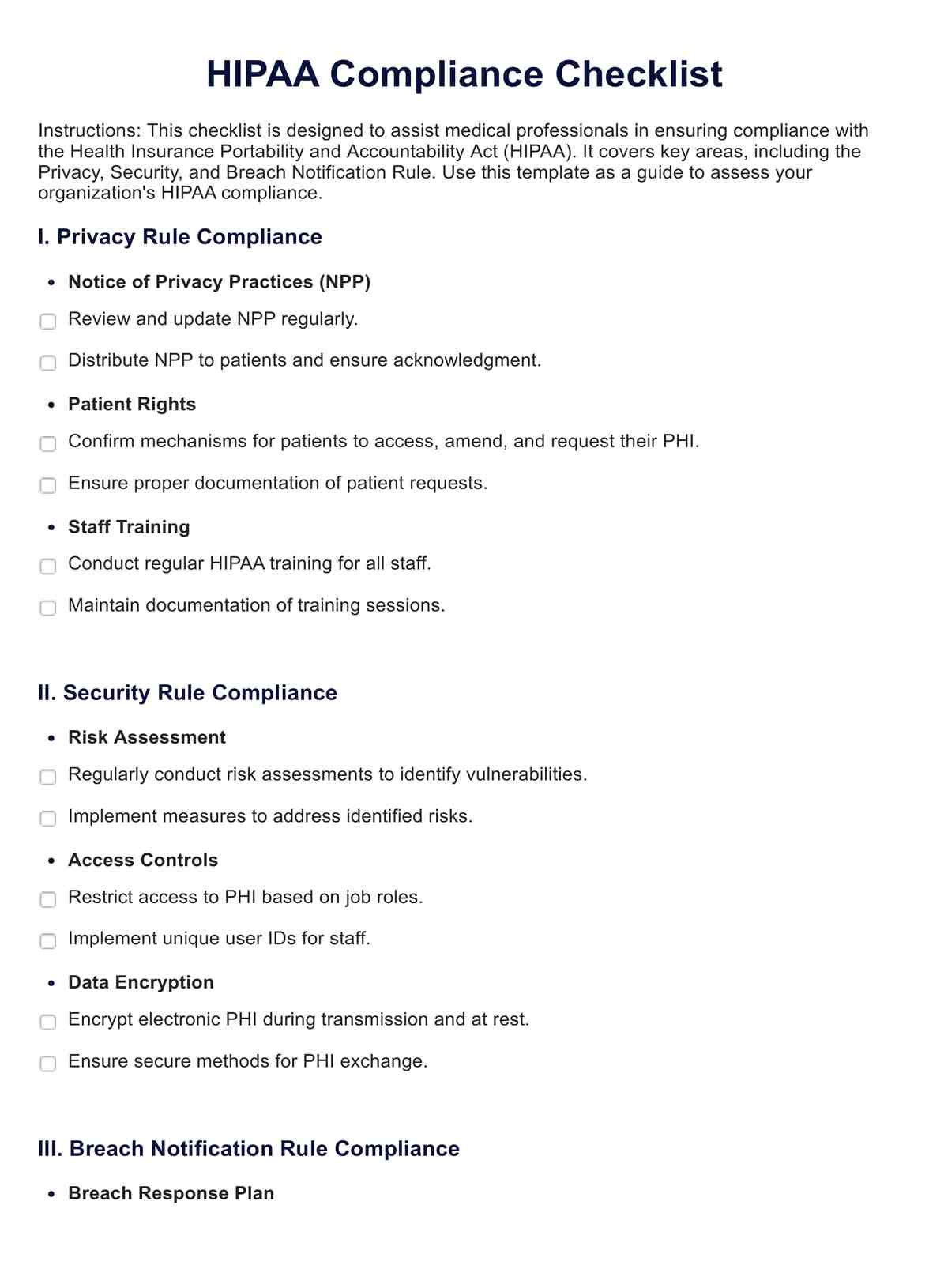
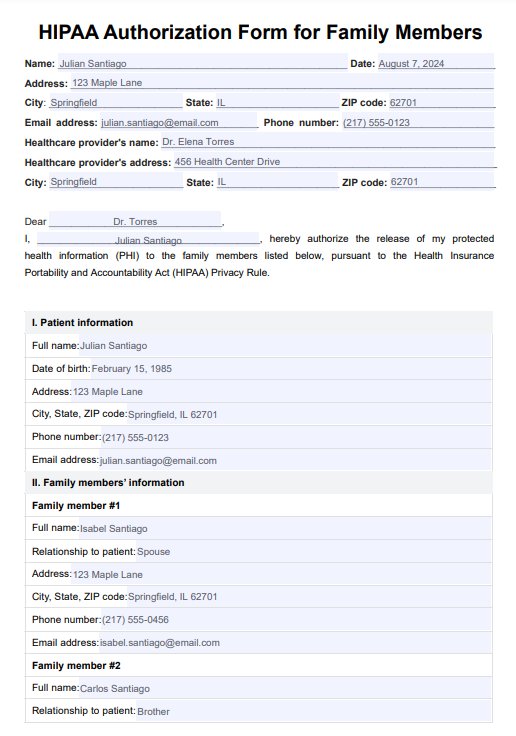
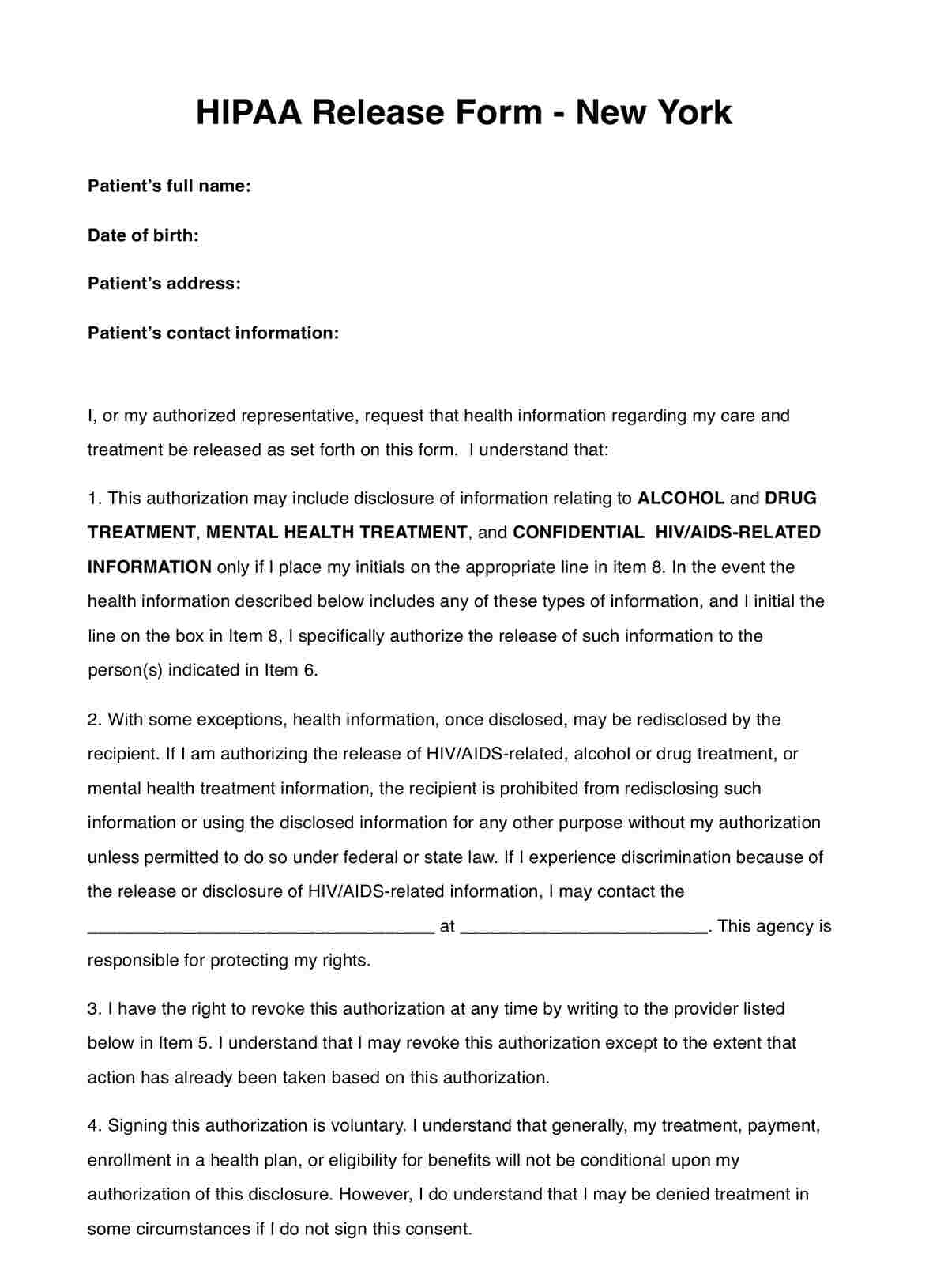
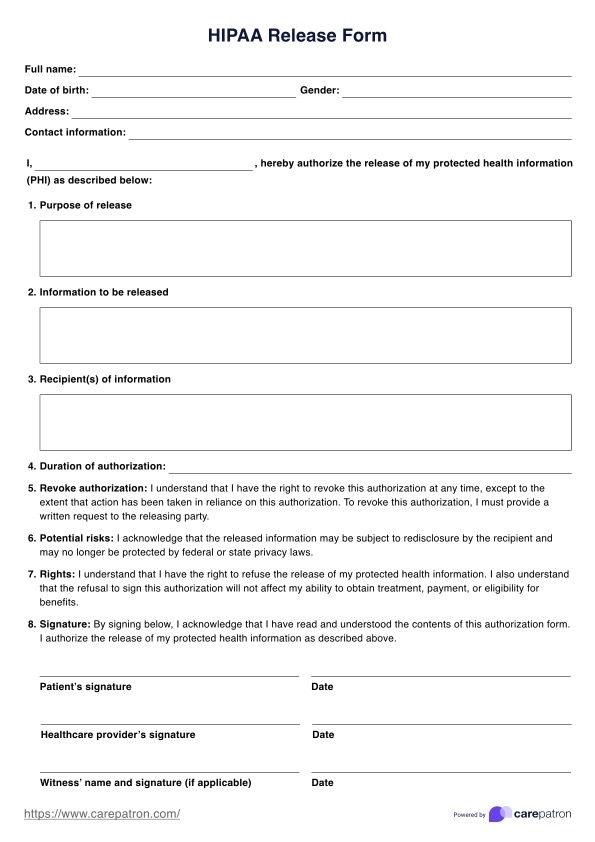
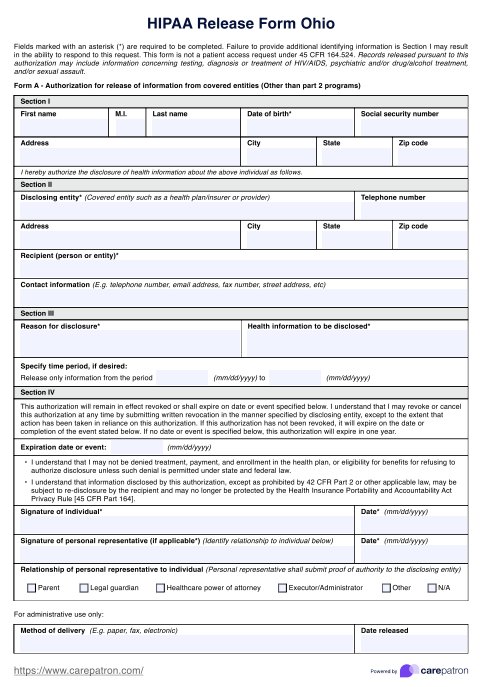
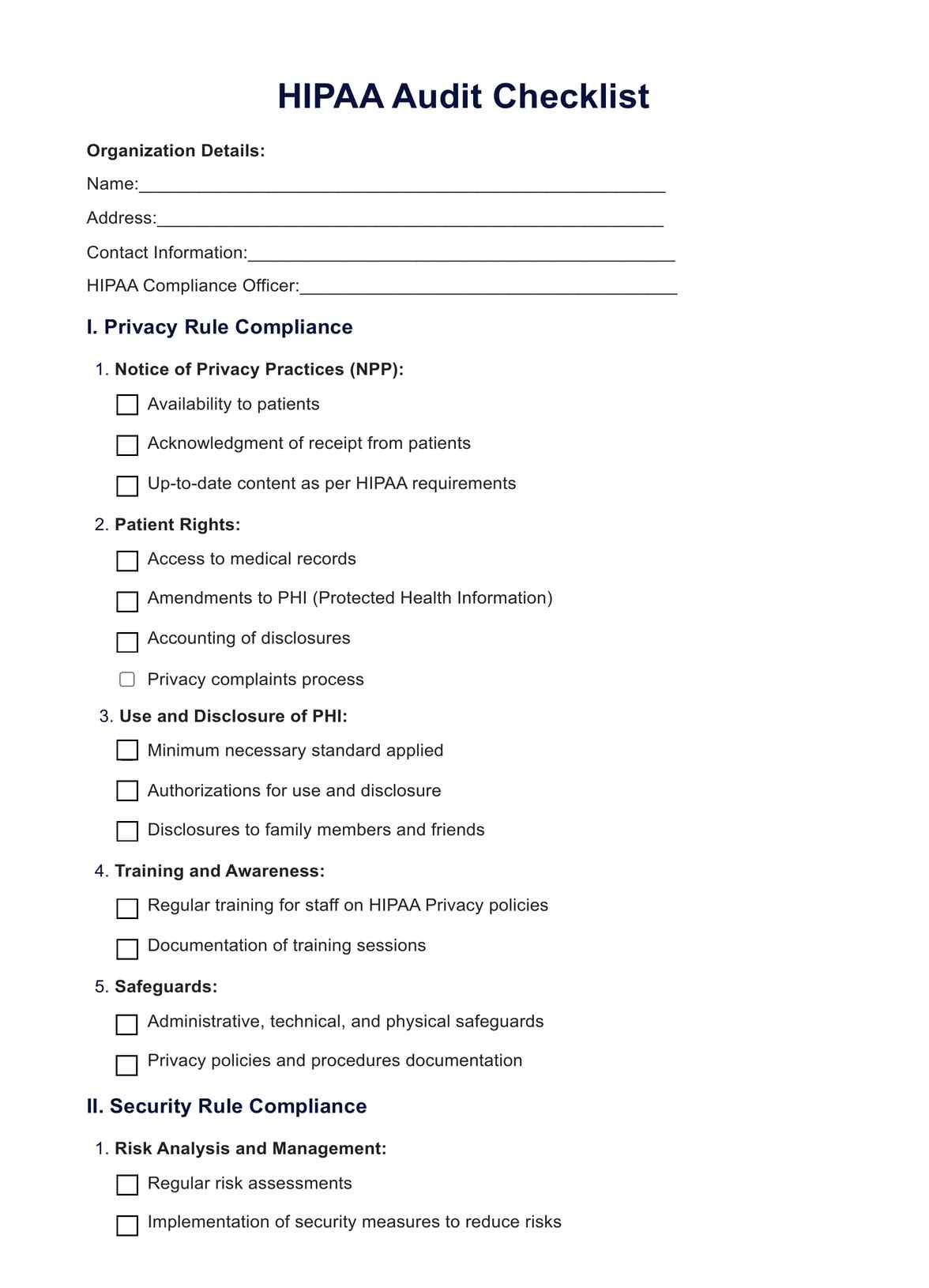
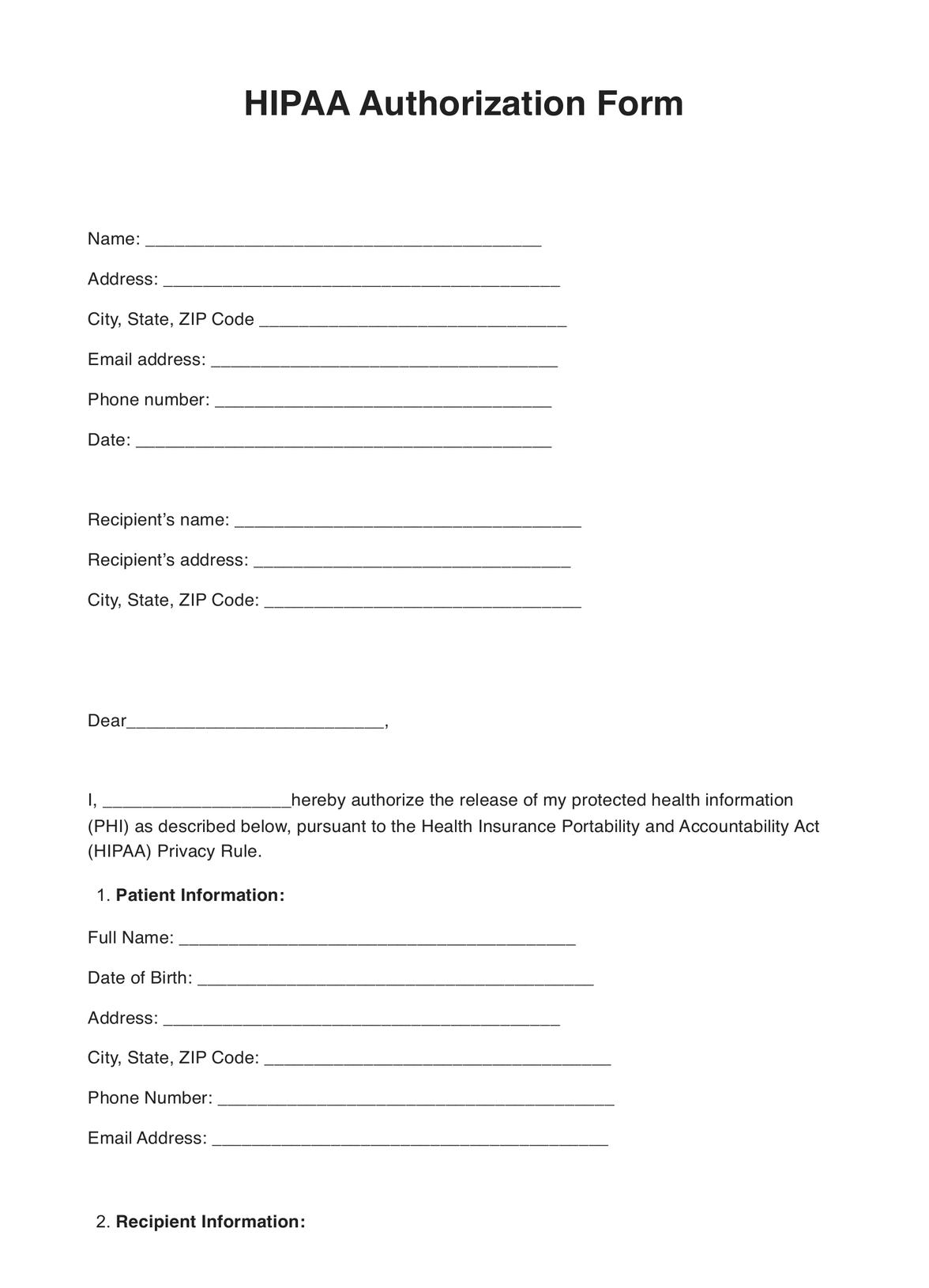
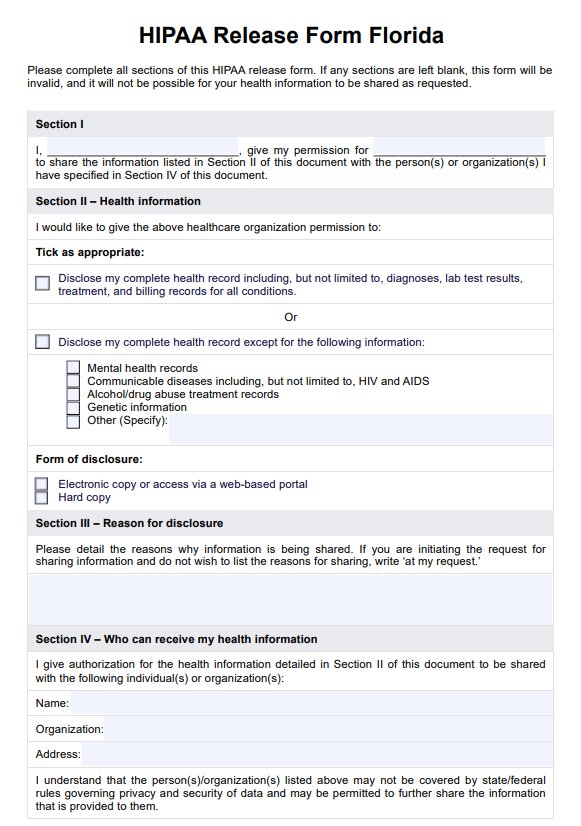
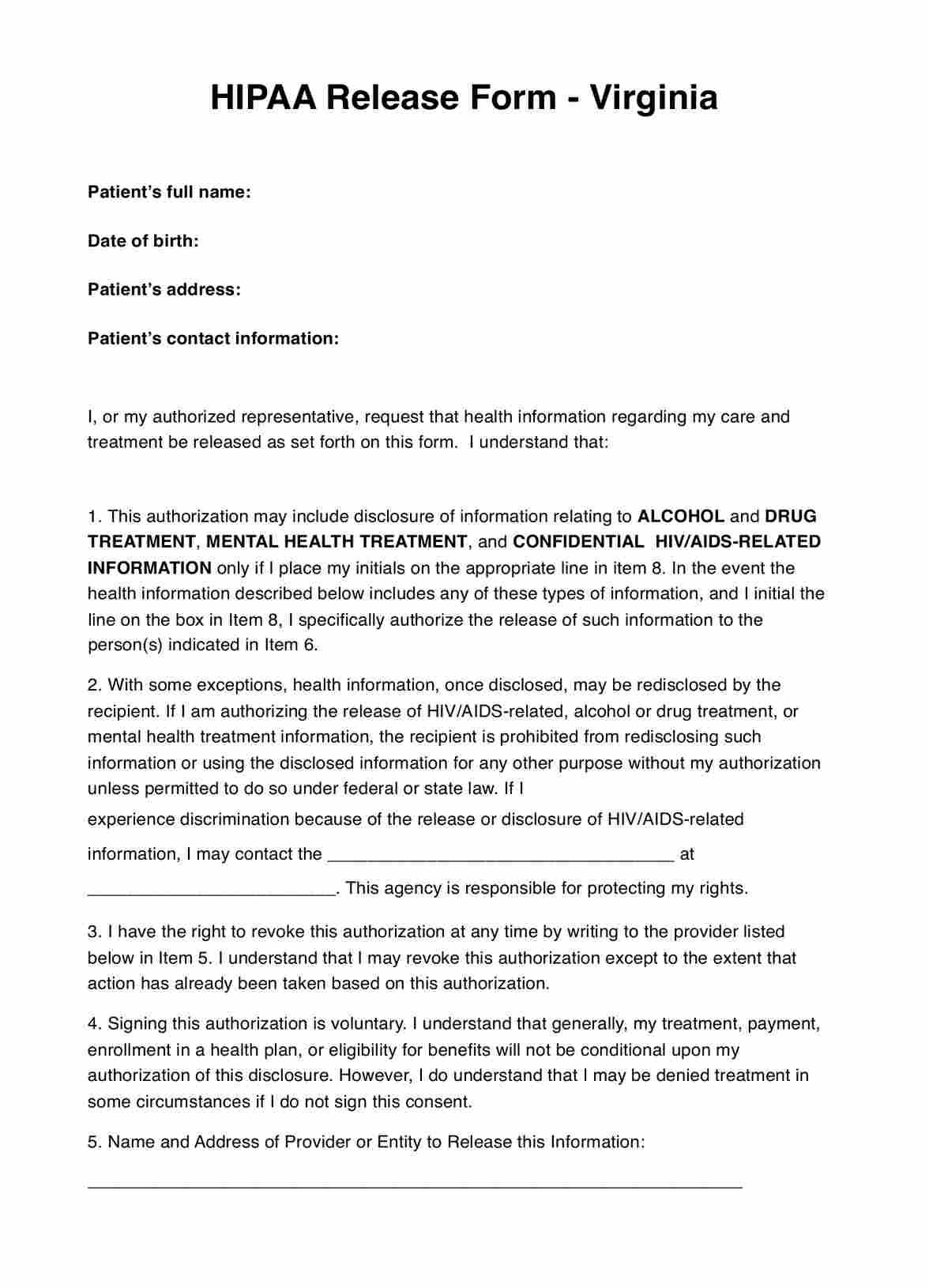




















-template.jpg)

















































































